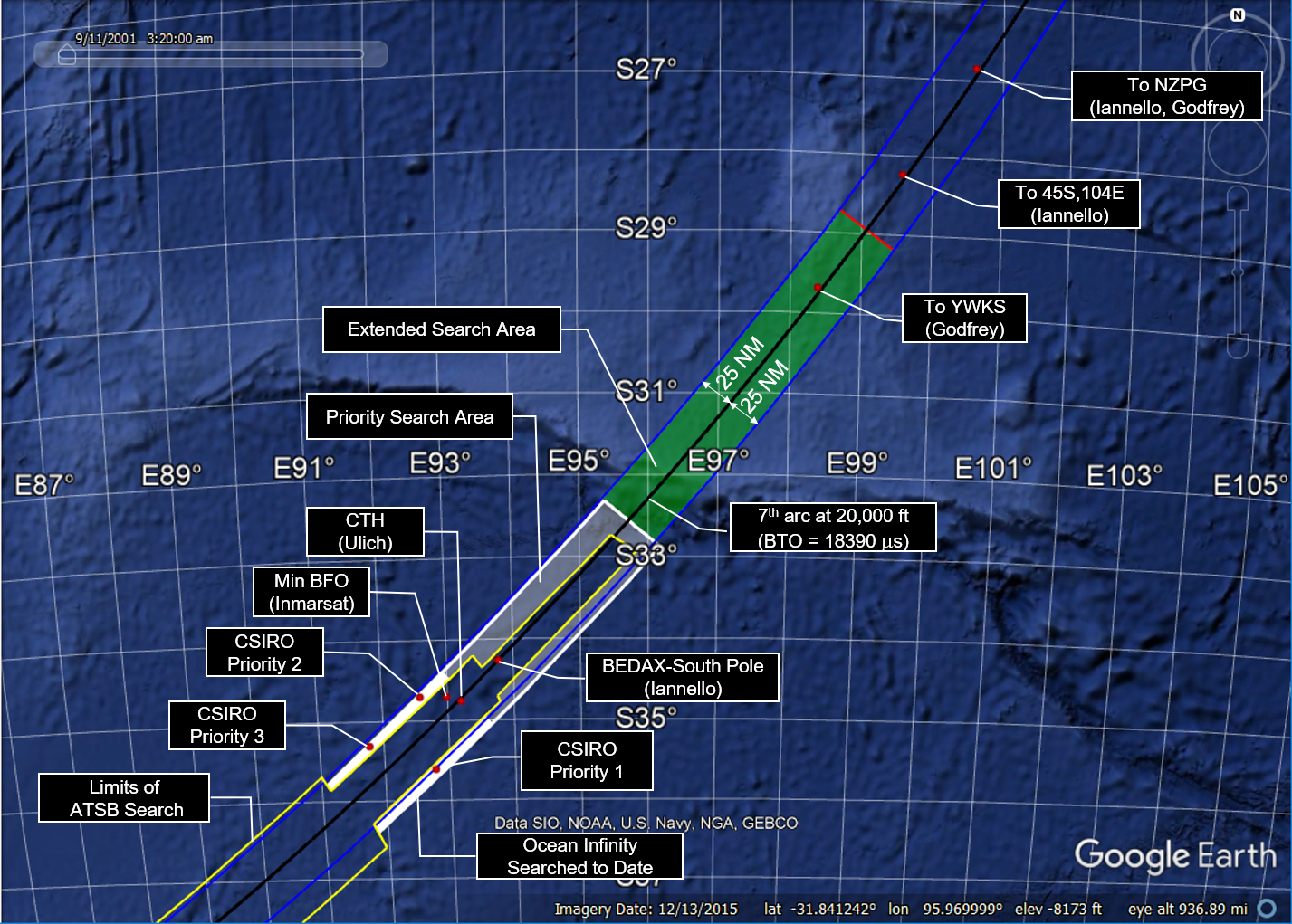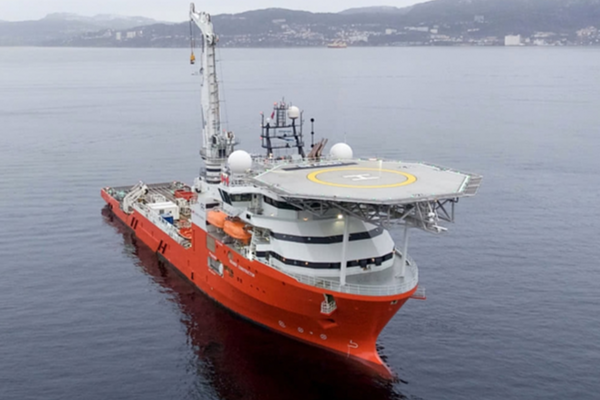On Sunday night, Sixty Minutes Australia aired an episode on the disappearance of MH370. Included was a panel of five experts, consisting of Canadian crash investigator Larry Vance, US air safety expert John Cox, British airline captain Simon Hardy, former ATSB commissioner Martin Dolan, and Australian oceanographer Charitha Pattiaratchi. Before airing, the episode was heavily promoted with teasers claiming there would be “groundbreaking revelations”, the “passengers’ final seconds”, and a “forensic twist”.
Unfortunately, after watching the episode twice, I found nothing in the way of new evidence or insights. What I did see were some of the experts confusing speculation with facts, and cherry-picking evidence to support their pet theories while carefully omitting contradicting evidence.
Despite the obvious shortcomings of the episode, the mainstream media is covering it extensively with headlines like “Experts Have Finally Solved the Mystery Behind the MH370 Disappearance”. The sensational nature of the story makes it attention-grabbing, and hiding behind the Sixty Minutes brand name, there is little or no attempt to fact-check.
A large part of the episode was devoted to Larry Vance’s theory that the captain hijacked the plane and flew it to the SIO to hide it. That plan included a successful ditching with the engines running and the flaps extended, leading to the sinking of the aircraft with the fuselage intact. (This “new” theory was already presented by Mr Vance in a Sixty Minutes story that aired in July 2016.) This ditching would produce only a small amount of floating debris. Mr Vance also refers to the damage to the trailing edges of the right flaperon and right outboard flap and the lack of damage to the leading edges of those parts. He believes this pattern of damage conclusively shows that there were hydrodynamic forces as those parts were dragged across the water surface during the ditching.
What was omitted is that we do have pieces of evidence that refute some of Mr Vance’s claims, and should at least cast a shadow of doubt on many of his conclusions. Briefly,
- Crash investigators at the ATSB have examined the right flaperon and the right outboard flap that were recovered and determined that some damage on both parts was caused by mutual contact, and the location of that contact could only occur with the flaps retracted.
- Recovered parts from the passenger cabin show deformation from a high energy impact and not a successful ditching.
- The final log-on of the SATCOM at 00:19 suggests there was a disruption of electrical power to the SATCOM, which is consistent with fuel exhaustion of both engines, and not a ditching with the engines running. It’s not clear in his scenario what caused the log-on.
- The damage to the trailing edges of the flaperon and flap could have been caused by aerodynamic forces occurring during a high speed descent. The lack of damage to the leading edges can be explained by separation of these parts from the aircraft prior to impact with the ocean.
Strangely, in the episode, Martin Dolan does not challenge Mr Vance’s scenario with the contradictory evidence published by the ATSB. Perhaps those challenges were made, and they were not included in the episode. Or, perhaps Mr Dolan is not sufficiently familiar with the technical analyses of the ATSB where he could confidently refute some of Mr Vance’s claims.
The theories of Simon Hardy also were featured in the episode. Mr Hardy, like Mr Vance, believes that the captain hijacked the plane, but he believes the plane glided a long distance after fuel exhaustion rather than a ditching with the engines running. The possibility of a glide suggests a crash location at a distance from the 7th arc that is well beyond what was searched. His claim that military data shows that MH370 was flown along the borders of Malaysia and Thailand is presented as shocking new evidence, when in fact the turnback flight path across the Malay peninsula has been known to the public within weeks of the disappearance, and the implications have been widely discussed. (The precise flight path flown as captured by civilian radar has only been recently published, and was the subject of the preceding blog post.) Mr Hardy also demonstrated on a flight simulator that it is possible for a skilled pilot to recover from a high speed descent that matches the satellite data, which was not in dispute, although he does downplay the importance of gently working the controls and applying speedbrakes to help arrest the descent and prevent overloading of the lift and control surfaces. (Why a pilot would first enter into a steep descent, then recover and maximize the gliding distance, was not explained.) At another point, he claims to know exactly where MH370 crashed, although he neglects to state that all drift models suggest a crash point much further north.
In the episode, Mr Hardy once again promotes his theory that MH370’s flight path as it flew south of Penang Island shows indication that the captain turned to the right, lowering the right wing, and allowing the captain to have a final, sentimental view of Penang before leaving Malaysia forever. In fact, using the recent radar data, we can deduce that at the point of closest approach to Penang, MH370’s wings were either level or only slightly banked. After passing Penang, there was a turn to the right followed by a turn to the left, but to conclude that this was an emotional farewell is pure speculation, and weakens his theories.
Although I disagree with some of Mr Vance’s and Mr Hardy’s conclusions, I am in general agreement that the disappearance was likely an intentional diversion and not likely the result of a series of mechanical failures. After reviewing many accident scenarios proposed by some very bright minds, I have yet to see an accident scenario that did not require a sequence of very unlikely events. On the other hand, a deliberate diversion requires no unlikely events, even if we might not understand the motivation for many of the intentional actions.
If the diversion was intentional, the captain becomes the likely suspect, as he had the skill and the best opportunity to divert the aircraft. In addition, as discussed and analyzed in a previous blog post, the incriminating evidence found on his home computer of a simulated flight to the Southern Indian Ocean would be an extraordinary coincidence if the captain was not somehow involved in the disappearance. There is certainly not enough evidence for a legal determination of guilt. However, I believe there is sufficient evidence to make him the prime suspect.
Perhaps the Sixty Minutes episode did have value in that it did not shy away from presenting what many believe is the most likely scenario, even if some of the conclusions from the experts were either unfounded or premature.
The episode comes at a time when Ocean Infinity is in the final weeks of the seabed search for MH370. If not found, and if there is a willingness to conduct additional searches next year, a decision has to be made whether to prioritize areas along the 7th arc that are further north, or to revisit previous latitudes but search further away from the arc, or to revisit areas that might have been insufficiently scanned previously. A strong case for the possibility of a glide after fuel exhaustion would support searching wider (+/- 100 NM) from the 7th arc. Unfortunately, the size of the search becomes unreasonably large unless there is rationale to support a narrow range of latitudes along the 7th arc.
On a final note, I have been asked whether the defeat of the incumbent party in the recent Malaysian elections could lead to a more thorough investigation of the events surrounding MH370. Although it is possible, the winning candidate and former Prime Minister, Mahathir Mohamad, has previously supported the unlikely theory that MH370 was diverted remotely using secret Boeing technology embedded in the flight controls. While this might indicate his willingness to challenge the official narrative, it also might demonstrate his willingness to use the MH370 for political gain rather than seek the truth. Meanwhile, his heir-apparent, former Deputy Prime Minister Anwar Ibrahim, had family and political ties to MH370’s captain, and those ties might taint future investigations. On a positive note, it is possible that any whistleblowers that were previously reluctant to come forward might now feel less threatened.








